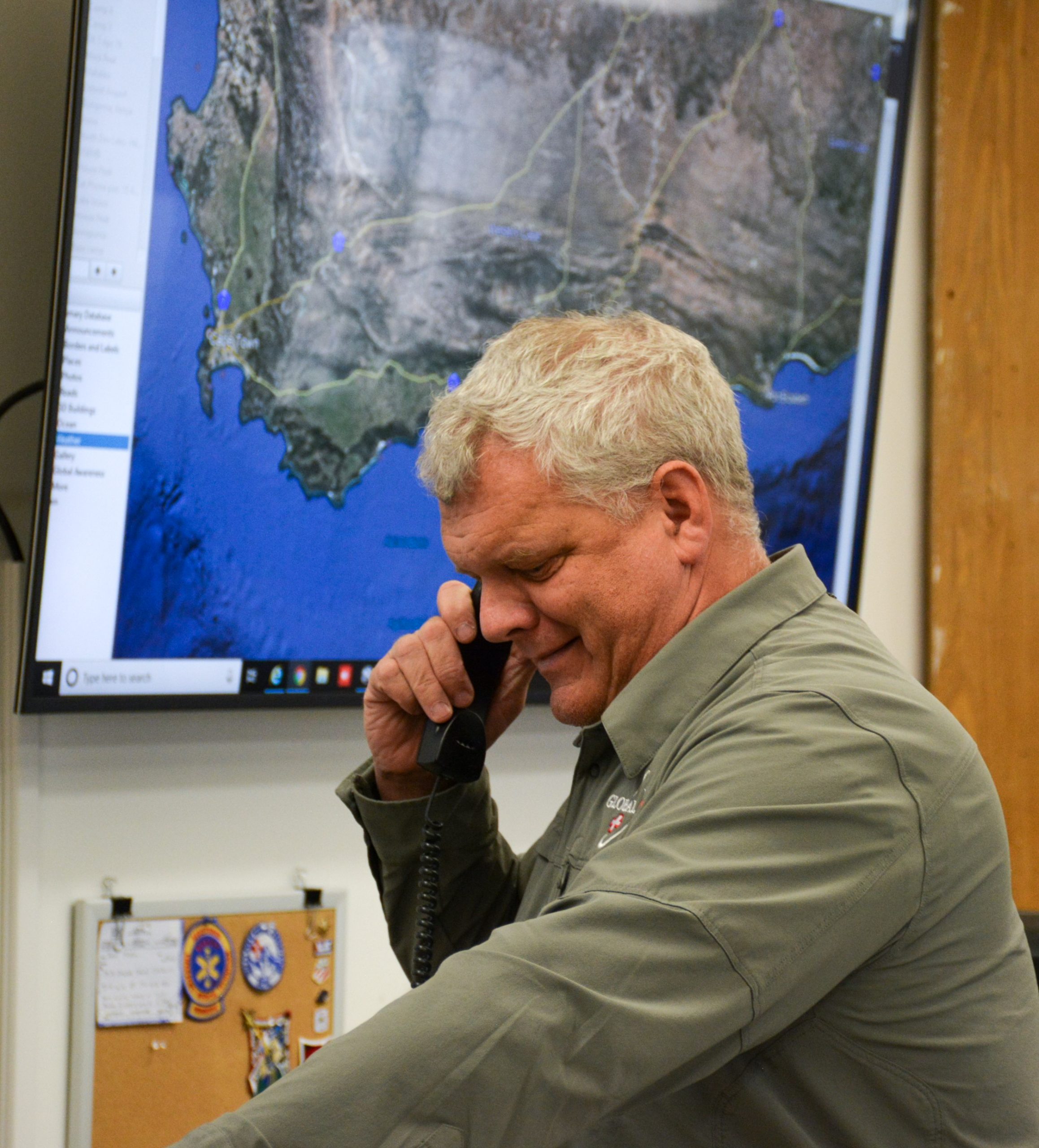The assassination of the UnitedHealthcare CEO outside a midtown New York hotel in Manhattan has renewed discussions about the U.S. healthcare system and elevated the need for executive protection for business executives domestically and worldwide. Regardless of an executive’s title or the rank of their company, they are susceptible to the extreme security dangers and the most basic health and safety risks as any other person.
Kidnappings and shootings
Kidnappings and assassinations are perhaps the most feared risks of any executive travel. To protect against these extreme scenarios, the key is to avoid the risk altogether.
A security detail is inherently proactive, meaning that part of the detail – the advance team – travels ahead of the rest of the team to evaluate the level of security at your destination and, if necessary, change plans. Of course, they can also respond to crises, but avoidance is the top goal. The other part of the detail travels with the executive ensuring their immediate safety
Firearms are just one of the many tools used by an executive protection detail to mitigate risk, but they are not always a requirement. An armed security detail provides an enhanced level of deterrence and can save lives in an emergency. The threat level of a location is usually the determining factor in whether firearms are required.
Bodyguards vs Executive Protection
A common myth is that bodyguards are the same as executive protection. Bodyguards are reactive to emergencies, and executive protection is proactive to emergencies.
A bodyguard provides a deterrent to threat through its physical presence. Bodyguards may not be aware of impending threats or their clients’ vulnerability and cannot effectively avoid danger – defeating the very purpose of security. Responding at the time of an emergency is too late; all business objectives will be lost as the crisis becomes the immediate priority.
The purpose of a security detail is to avoid crises. Executive protection security details prepare and plan extensively before accompanying clients during travel. A security detail is inherently proactive, meaning that it travels ahead of your team to evaluate the level of security of your destination and, if necessary, change plans. Of course, they can also respond to crises, but avoidance is the top goal.
It’s Not Only for CEOs
Executive protection is not only for wealthy people. While high net-worth individuals and senior executive business leaders are inherently vulnerable to various criminal threats, additional factors other than wealth and title may require support through executive protection. Some of these factors include the geopolitical environment at the travel location, the reliability of local infrastructure and law enforcement capabilities. Employees of large, wealthy corporations may be targeted during travel to exploit or leverage the organization. Persons who are citizens of specific countries may also find themselves more vulnerable while traveling abroad.
Get executives on board
Executive protection is not a cure-all. Even with an expert security detail, safety cannot be guaranteed. If the risk level of a destination requires a security detail, the traveler or their organization should consider if there are alternative options for reaching the same business objectives. This requires pre-travel planning to find the balance between productivity and safety.
None of this works unless the traveling executives are on board. Make certain to brief your executives on the plan and ensure they are ready to follow the procedures set in place. This will increase safety and productivity, allowing them to meet their business objectives – even in challenging and remote locations.
As a veteran of hundreds of security details here and abroad, I know the best security detail will avoid crises and, if necessary, respond if something happens. The real success is in a smooth, safe trip, where all threats have been avoided, so business proceeds uninterrupted.







